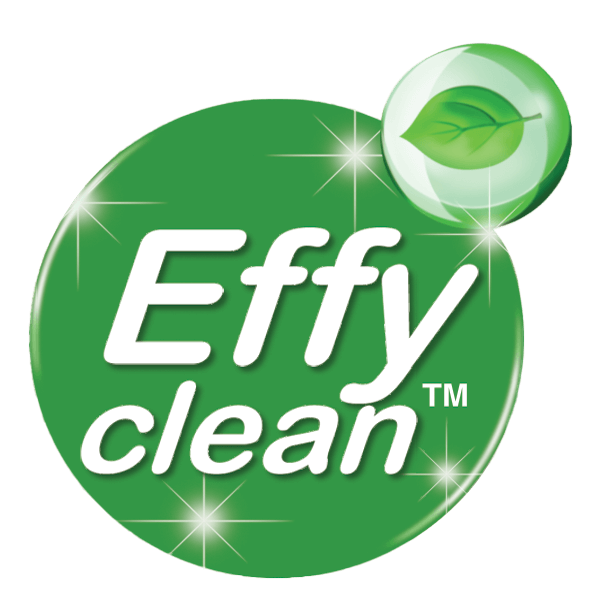It’s just another way they’re looking after your health — no different than taking your blood pressure and sharing the results with you. The goal is to help you understand the risks, empower you to make informed choices about your health, and help you take whatever steps you’re ready to take. The Consolidated Appropriations Act, 2023 eliminated the waiver and extended the ability to prescribe buprenorphine for the treatment of OUD to all practitioners with DEA Schedules II-V on their what is drug addiction DEA Registration. Mr. Rivera, who is of African and Native Caribbean Taino descent, spoke recently about his own journey in harm reduction. But, in his dreams and during fire ceremonies, he said his ancestors began telling him that he was a “bad warrior.” Good warriors, they told him, fight only after peaceful methods have failed. “When you look through a lens of love and compassion, you’re going to see people differently, you’re going to respond to them differently,” he said.

If you are interested in aftercare solutions, their case management staff will make all the arrangements to set you up with additional treatment options. Still, there are options for people not involved in these programs, as long as they qualify for services. Because addiction treatment can potentially be life saving, there are many solutions to the above problems. In regards to cost, for example, many insurance providers now are able to cover all or at least part of the cost of treatment. Teenagers who go down this path are in great danger of injecting drugs to achieve longer-lasting effects, which leaves the users susceptible to sexually transmitted diseases and infections.
Who Qualifies for Free Rehab Centers?
One of the biggest misunderstandings about harm reduction centers is that their nonjudgmental approach encourages increased drug use and delays abstinence or any type of recovery. But even studies where heroin itself is provided by prescription do not find escalations in use. The research also suggests that 911 calls related to medical emergencies fell markedly near the overdose prevention centers but hardly changed elsewhere, suggesting that the sites were possibly preventing medical overdose calls. And 311 calls related to homelessness decreased, while calls about public drug use and unsanitary conditions did not show a statistically significant increase. Lantana Recovery is an addiction recovery center that provides comprehensive services. The three highest-rated rehabilitation centers in Jersey City and the neighboring cities of Secaucus, Hoboken and West New York are listed in the table below, along with each institution’s performance on our core metrics.
The table below sheds some light on the prevalence of mental health issues in New Jersey. The following table illustrates the annual estimates of substance abuse among residents of New Jersey between 2016 and 2017, in addition to the percentage of the New Jersey population and the U.S. population that those estimates represent. The main factors that determine which rehab options will be best for you are the severity of your addiction https://ecosoberhouse.com/ and your unique personal and financial circumstances. Please note that all the centers mentioned are paid advertisers, committed to supporting individuals like you who are on their quest to regain control over their lives. Health insurance is frequently able to cover all or at least part of the cost of treatment. Nearly 90% of the 2,900 reported drug overdose deaths in NJ involved opioids while the national percentage was 70%.
Is there a list of all your treatment centers by location?
The following table explains the number of admissions to state-funded treatment programs in New Jersey in 2017, based on the primary substance for which the individual was seeking treatment. Alcoholics Anonymous (AA) designed the 12-step process for individuals recovering from alcohol addiction, and today there are many other 12-step programs for other addictions and issues – Narcotics Anonymous (NA) being just one example. If you need help finding a rehabilitation center in New Jersey, you can use our directory to find low-cost, quality treatment right away. Read on to find instructions for using the directory and to learn which rehabs qualify as the highest-rated, low-cost facilities in the state. In New Jersey, over 1.1 million residents – or 12.93% of the state’s population – use drugs in a given year.
Biden-Harris Administration Reiterates Urgent Call for Congress to … – HHS.gov
Biden-Harris Administration Reiterates Urgent Call for Congress to ….
Posted: Mon, 13 Nov 2023 20:32:38 GMT [source]
This guide was created to help the many residents of New Jersey who are struggling with substance abuse addiction to find affordable treatment that will put them on the path to recovery. It is also intended to inform the general public about the dangers of substance abuse in New Jersey. Muir Wood Adolescent and Family Services is a reputable institution that specializes in providing support and care for adolescents and their families. With luxurious amenities, Muir Wood offers a comprehensive range of services, tailored to meet the unique needs of adolescents facing various challenges. With a team of dedicated professionals, Muir Wood delivers evidence-based treatments, academic assistance, and a nurturing environment that fosters personal growth and healing.
NJ Rehab Frequently Asked Questions
Luxury and executive programs cater to professionals, corporate executives, business owners or celebrities and tend to cost more due to the amenities they offer. Learn more about the luxury, private and executive residential rehab facilities that may be good treatment options if you are a working professional. These advanced practice clinicians support patients through the diagnosis and treatment of a variety of conditions. They work closely with doctors and care teams to provide medical services and counseling for mental health, substance misuse, and addiction issues. In reality, the centers are calm and homey, welcoming people who are typically unwelcome elsewhere. “You are worthless unless you quit,” is the message people with addiction are given every day, nearly everywhere they go.
- As of 2017, 90 substance abuse treatment facilities in New Jersey – representing 26.2% of all treatment facilities in New Jersey – catered specifically to veterans.
- Many different methods are available for treating addiction, and the science of studying addiction is constantly improving and changing.
- As unfortunate as it is, those who abuse any substance will usually go on to abuse other drugs, too.
- The average length of stay is 30 days, but depending on the situation, more time may be beneficial to long-term recovery and preventing relapse.
- CarePlus offers a variety of payment options, including Medicaid, Medicare, state-funded insurance programs, TRICARE, private health insurance, and self-payment, earning it a high score of 7.15.
The New Jersey Department of Health and Human Services (DHHS) provides mental health services through 120 community-based non-profit mental health facilities that it funds. Each facility works with youth and adults in a particular region to prevent substance abuse, and each has unique resources for families in the region. To find the Community Mental Health Service facility hear you, take a look at the DHHS directory. You can also learn about substance abuse treatment and recovery services for youth on the DHHS website. You can find detox centers in NJ and multi-level rehab centers scattered throughout the entire state, from the Jersey Shore to the Philadelphia suburbs.
This number represented 12.81% of the total number of deaths among all ages during the same time period in the county and was over a full percentage point lower than the state average of 14.01%. Furthermore, the relationship between substance abuse and suicide is multi-faceted and complex. Persons who have substance abuse issues typically also carry other risk factors for suicide, including depression, impulsive behavior, and other struggles with relationships, finances, illness, or unemployment that make them more likely to engage in self-harm. Between 1999 and 2016, New Jersey witnessed a 19.2% increase in the number of suicides.
